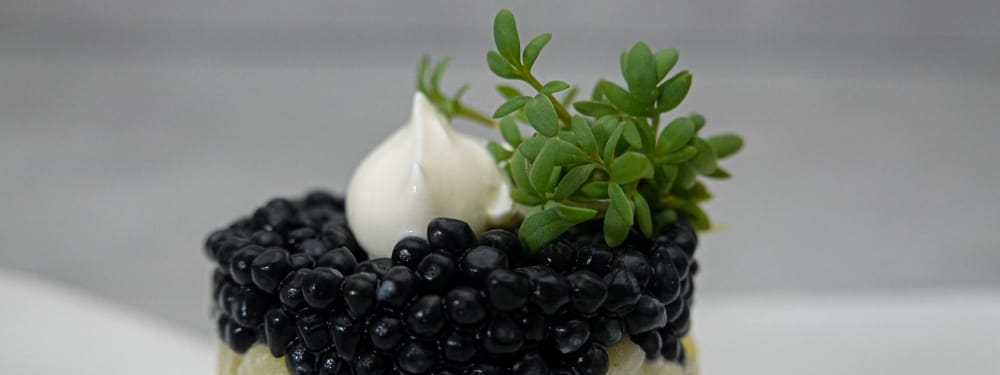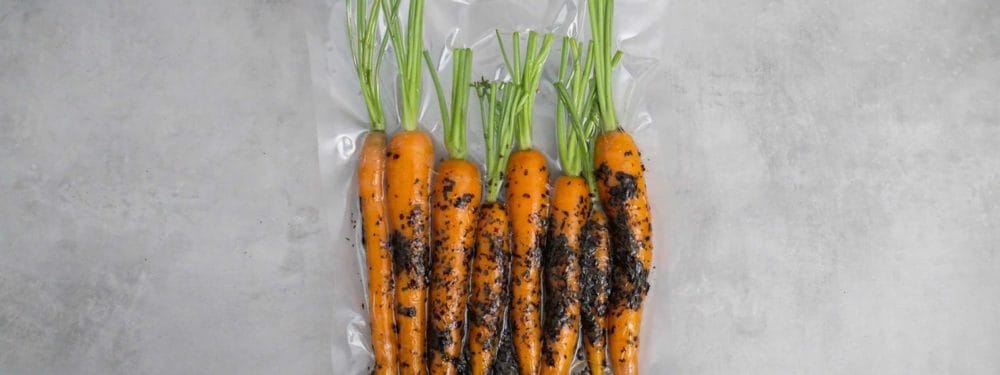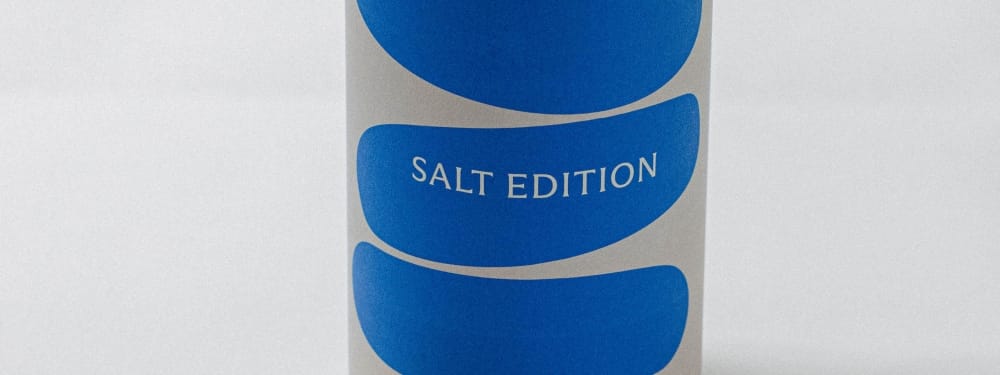Vegetables that taste like the sea
As with meat, a more sustainable approach to animals and a critical observation of consumption amounts is necessary in order to maintain or restore an ecological balance, because the Fish stocks in the world’s oceans are threatened by overfishing.

With the 50:50 sausage or Vegetable charcuterie we have presented products that show how vegetables make typical meat cravings more sustainable could be made. The question arose whether this could also work with fish. Maybe not with a juicy fillet of turbot, but what we love about fish, e.g. the velvety textures of raw fish can also be achieved with vegetables. It would be practical to have these textures available in cans for a long time, because you can’t do that with raw fish. Canned fish, on the other hand, has strong, intense flavors that we also love, but in terms of texture, canned fish cannot be compared to raw fish.
Velvety and strong
We could combine the best of both worlds: Velvety textures with strong aromas, always available in the can. There are of course canned vegetables and canned fish – but not a product that combines both worlds in such a way. Canned fish has a special tradition. The fish from Lisbon packed in tinplate have become popular souvenirs. Not least because they are lovingly wrapped in beautifully designed paper.
From vegetables to fish

But before packing, we take care of the contents. We use colored carrots, white radish, red radish, beetroot and yellow beetroot. We want to cook the root vegetables in such a way that they have a special texture and then refine them with a “fishy” taste. We carefully and individually wrap the vegetables in aluminum foil. Then we bake the vegetables in the preheated oven at 180 degrees for one hour and then regulate the temperature down to 80 degrees. We let the vegetables cook for another four hours and then cool in the oven. We remove the aluminum foil and pat the vegetables dry. We cut a portion of beetroot, carrot, radish and red radish into 4 mm thick slices using a vegetable slicer. We place the slices on the non-stick coated mats from the dehydrator and let them dry at 52 degrees for twelve hours. We also dry beetroot and carrots whole and hope for a texture that is reminiscent of raw fish.
The vegetable chips are dry after twelve hours, and the controlled dehydration has given the whole beets and carrots a soft, leathery, almost rubbery texture without being tough.

Fishfries
We put the colorful carrots in a saucepan and fill it up with cold rapeseed oil. We heat the oil to about 150 degrees. In this way we combine confection with deep-frying. When confectioning, the vegetables cook slowly, giving the oil a certain roasted taste. We use this oil as part of our pickling stock.
The brew consists of the roasted vegetable oil, fish sauce, camelina oil, walnut oil and rice vinegar. In this brew we put the dry chips and the carrots confit in oil. The chips will soak up the stock in the coming days and the remaining oil will preserve our canned vegetables. We cut the whole dried beetroot and carrots into slices and also put them in the intensely fishy stock.

There is certainly no risk of confusion with canned fish, but the idea of imitating the texture of raw fish with vegetables and combining it with the strong taste of fish sauce has resulted in an interesting product. The potential of vegetables has not only been underestimated for too long in many kitchens. Vegetable products could also provide a lot of variety on the supermarket shelf.
However, our canned vegetables are not entirely fish-free. The fish sauce gives a typical strong fish taste. This means that the amount of fish in the can is very low, which is why the Ocean Veggies stand for sustainable fish enjoyment. However, it can of course be done a little more consistently. So that we can also take vegetarian and vegan diets into account, we have developed another version with vegan fish sauce. Our design case was created for these three variants.
We think they have the potential to become a popular souvenir. After all, it is not just the content that ensures this, but also the packaging and we therefore know our way around very well.
Packaging Design Food Lab
Food Packaging Design based on what we Food Lab . We are fascinated by our food – also in a professional context for more than a decade. Where excellent packaging design for small and large food manufacturers arises, you want to smell, feel, hear and taste before you have seen too much. The eye (our dominant sensory organ) influences purchase decisions to a great extent. We know this! We examine the food so that we can follow the purchase with the right product experience and their packaging, which our customers submit to us, more precisely.





